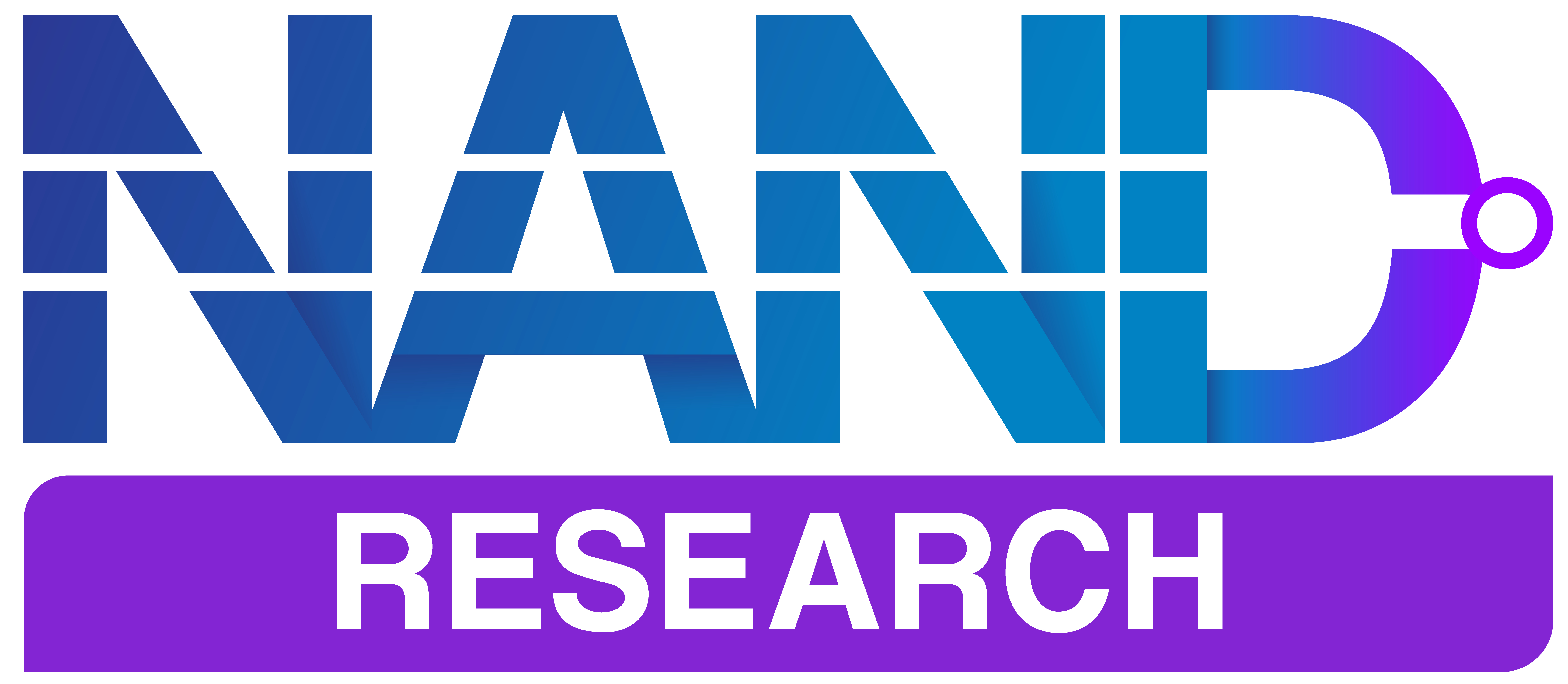Blog
Cerabyte Expands to the USA with Innovative Data Storage Technology
Cerabyte, a start-up focused on advancing ceramic-based long-term archival storage solutions, announced its expansion into the United States with its unique, accessible permanent data storage technology.
IBM Algorithms Included in 1st NIST Post-Quantum Cryptography Standards
Two IBM-developed algorithms are now officially included in the world’s first post-quantum cryptography standards, published by the U.S. Department of Commerce’s National Institute of Standards and Technology (NIST).
Quick Take: Quantum FQ1’2025 Earnings
Hard Disk Drive manufacturer Quantum announced its FQ1 2025 earnings, beating Wall Street estimates on earnings and missing slightly on revenue. The earnings reflect both the challenges and opportunities the company faces as it continues its strategic transformation.
Quick Take: Dynatrace FQ1 2025 Earnings
Dynatrace released its Q1 FY25 earnings report, showcasing a strong start to the fiscal year. The company’s performance highlights its resilience and leadership in the rapidly growing observability market.
Quick Take: Datadog Q2 2024 Earnings
Observability provider Datadog showed continued resilience and strategic focus in Q2 2024, delivering a solid financial performance and continuing its innovation and customer growth trajectory.
Quick Take: CommVault FQ1 2025 Earnings
Commvault Systems delivered robust Q1 FY2025 earnings numbers, marked by significant growth in revenue and ARR, along with a strong emphasis on cyber resilience and cloud modernization. The company reported total revenue of $225 million, a 13% year-over-year increase, and an impressive 66% surge in SaaS ARR to $188 million.
Archives
- November 2025
- October 2025
- September 2025
- August 2025
- July 2025
- June 2025
- May 2025
- April 2025
- March 2025
- February 2025
- January 2025
- December 2024
- November 2024
- October 2024
- September 2024
- August 2024
- July 2024
- June 2024
- May 2024
- April 2024
- March 2024
- February 2024
- January 2024
- December 2023
- November 2023
- October 2023
- September 2023
- August 2023
- July 2023
- June 2023
- May 2023
- April 2023
- March 2023
- February 2023
- January 2023
